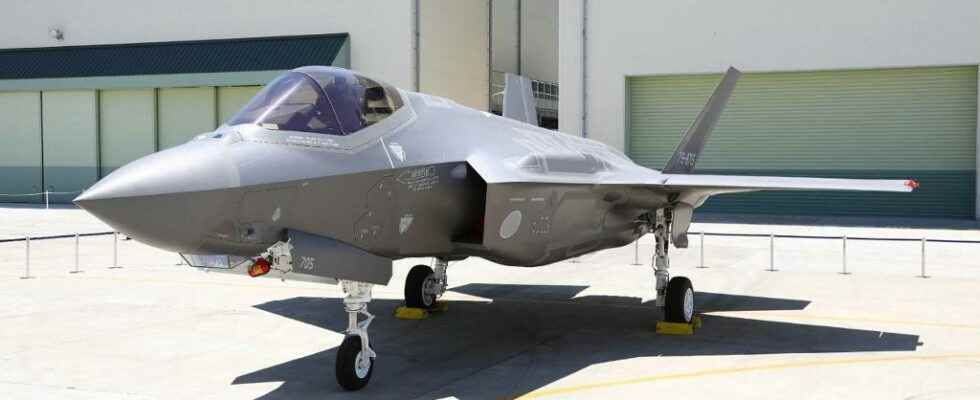The Japanese Mitsubishi Heavy Industries, the British BAE Systems and the Italian Leonardo should be at the center of the project, according to the Japanese economic daily “Nikkei”.
Japan will collaborate with the United Kingdom and Italy to develop a next-generation combat aircraft by 2035, the three countries announced on Friday (December 9th), as the Japanese archipelago seeks to strengthen its defense strategy in a tense geopolitical context. Tokyo, London and Rome will launch “an ambitious effort to develop a next-generation combat aircraft” as part of a program called GCAP (Global Combat Air Programme), said these governments.
This collaboration, which is to take advantage of research already initiated by the three partners in advanced air combat technologies such as unmanned aircraft, marks the first association of Japan with European partners to design a combat aircraft. Details on the cost of the project have yet to be finalized, according to a Japanese Defense Ministry official who said production should start around 2030 or 2031 so that a prototype can be deployed by 2035. “When you look at other countries, the US has the F35 and Europe has the Eurofighter. We will of course aim to create combat aircraft that exceed the capabilities of these models.added this person in charge.
Read alsoIndo-Pacific: Japan protected and hindered by its American alliance
The Japanese Mitsubishi Heavy Industries, the British BAE Systems and the Italian Leonardo should be at the center of the project, according to information from the Japanese economic daily Nikkei. “We are determined to defend the free, open and rules-based international order, which is more important than ever at a time when these principles are contested and when threats and attacks are on the increase”the three countries said in a statement. “Given the crucial importance of defending our democracy, economy and security and protecting regional stability, we need strong defense and security partnerships, underpinned and reinforced by a credible deterrent force”they added.
Japan, whose defense strategy is heavily dependent on its American ally, is seeking to drastically increase its capabilities in this area to deal with the growing threats it feels on its borders, from North Korea to China via Russia after the invasion of Ukraine. Tokyo announced this week that it intends to increase its military spending by 56% over the period 2023-2027, compared to the previous five years, and to raise its defense budget to 2% of national GDP by 2027, against 1% maximum so far. Such an objective is controversial in this country endowed with a pacifist Constitution since 1947, which greatly limits the means and the missions of its “Self-defense Forces” (name of its army).
Read alsoJapan promises to strengthen its military capacity
Japan, the United Kingdom and Italy say they designed the GCAP program as a basis for cooperation with other countries, insisting in their press release on its “future interoperability with the United States, NATO and our partners across Europe, the Indo-Pacific and around the world”. “The United States supports Japan’s security and defense cooperation with like-minded allies and partners (…) for the development of its next fighter aircraft”said a joint statement from the US Department of Defense and the Japanese Ministry of Defense.
In particular, the two countries are discussing together “autonomous systems” which could be complementary to the Japanese combat aircraft project and have agreed to “start concrete cooperation in the course of next year”allowing “joint responses to future threats” in the Asia-Pacific region, adds this press release.
SEE ALSO – Armament: “The demand will undoubtedly increase in the years to come”, according to a researcher from Sipri
The future combat aircraft is seen as a successor to the Japanese Mitsubishi F-2, designed with the American Lockheed Martin and put into service in 2000. Its development should in particular integrate the advances of the Tempest combat aircraft project, carried by the United Kingdom, and of which a pre-prototype is announced “in the next five years”.
